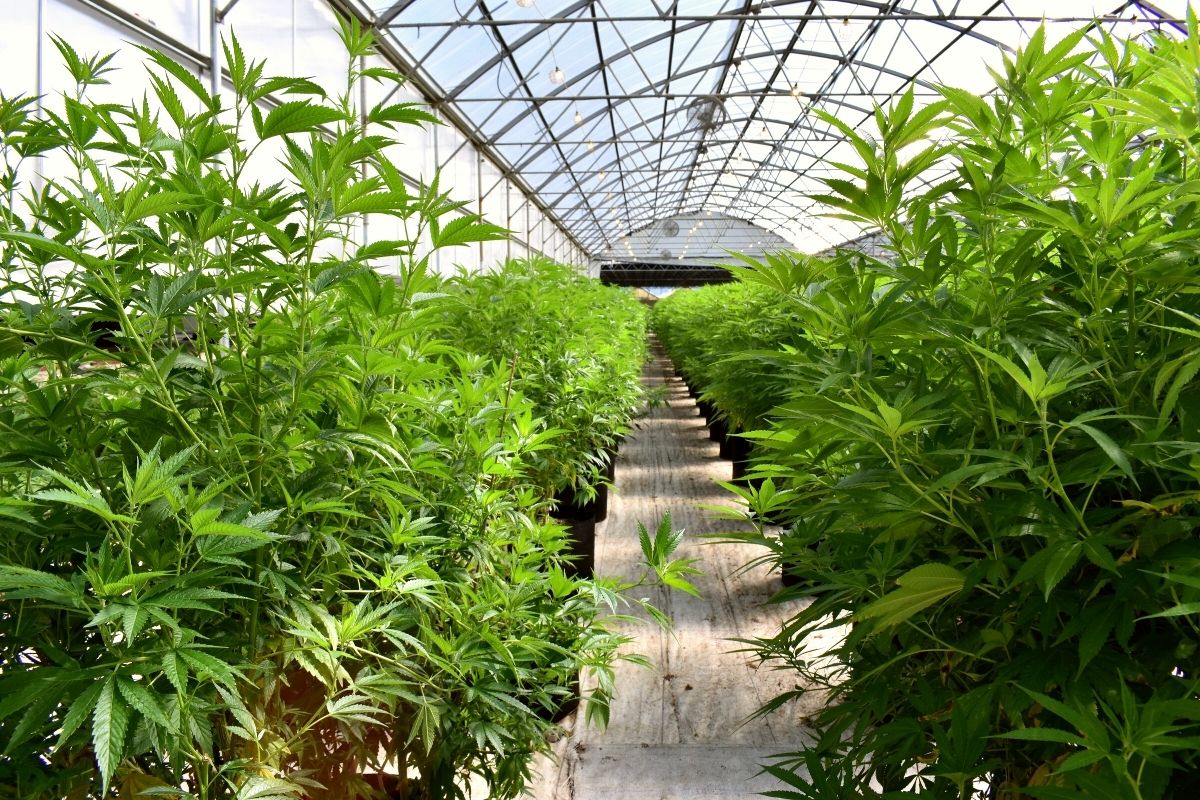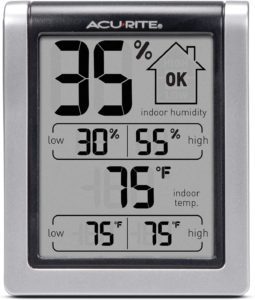Humidity is a good thing for weed – most of the time. Yet uncontrolled humidity can cause its own problems. In this article, learn how to control humidity in a grow tent in coordination with temperature and light at every growth stage.
Humidity is the amount of water vapor in the air, and it’s influenced by other environmental variables. Temperature, light, air circulation, ventilation, the number of plants in a space, the stage of growth of these plants, and the conditions in the space outside of your grow tent will all contribute to the humidity levels inside your tent.
You’ll need to coordinate (or at least, keep an eye on) these factors to maintain the ideal humidity levels in your grow tent. Making the right adjustments at the right times will keep your greenery happy and healthy.
humidity needs of plants
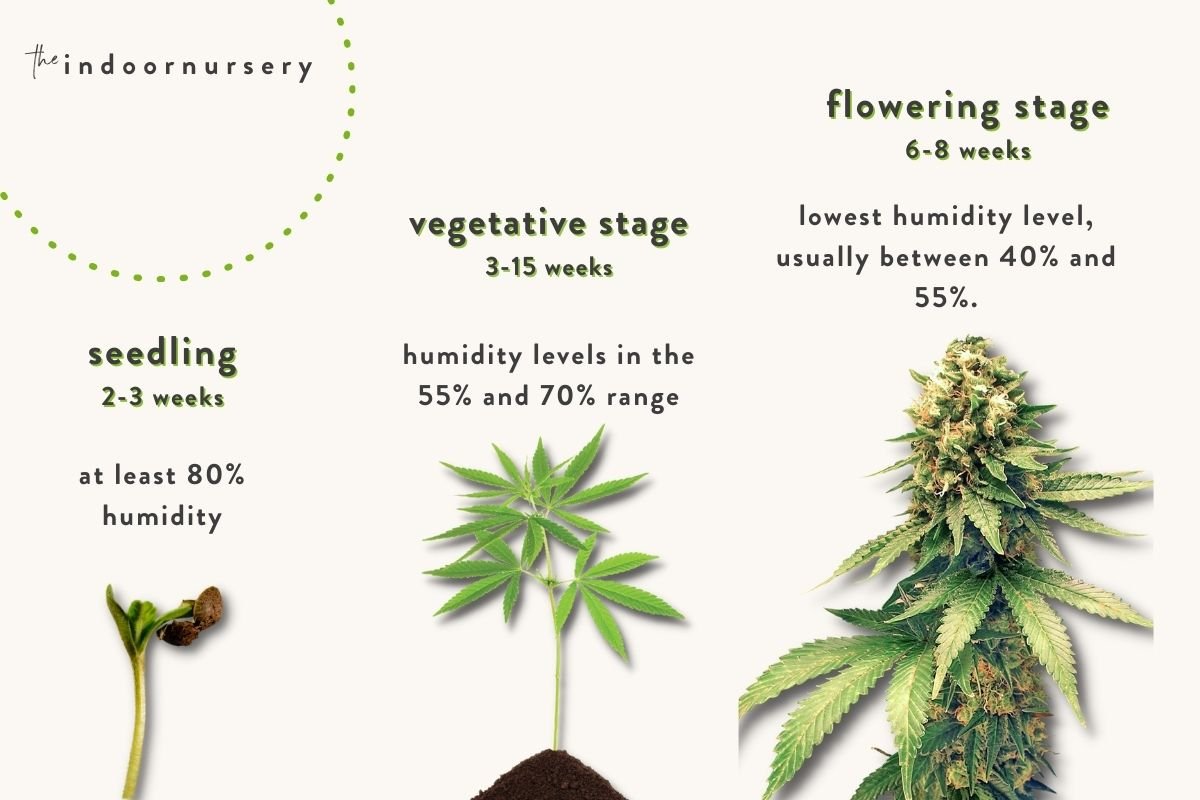
Plants vary considerably in their need for humidity based on the natural origins and stage of plant growth. Cannabis actually originates in the semi-arid regions of Central Asia where humidity and temperature rise and fall dramatically throughout the year. When growing cannabis or plants indoors, this means that you’ll need to adjust your tent’s humidity levels based on the lifecycle of each rotation. Here’s a quick guide to how much humidity cannabis plants like best at each growth stage:
- Seedlings. Seedlings tend to require higher humidity levels since they don’t have robust roots or leaves to store moisture. At least 80% humidity is best for growing cannabis seedlings so ensure they don’t dry out. They will absorb water vapor in the air through stomata, or pores on their small leaves, stems, and roots as they grow.
- Vegetative plants. Once your cannabis plants have established themselves in their vegetative stage, their foliage and larger root system will store more moisture, so they can tolerate lower humidity. They tend to prefer humidity levels in the 55% and 70% range.
- Flowering plants. Flowering and fruiting cannabis requires the lowest humidity level, usually between 40% and 55%.
Humidity levels directly affect the growth of your plants because they absorb a certain amount of their moisture as water vapor through stomata (small pores in their leaves). Plants also lose moisture through these pores. Balanced humidity levels prevent plants from losing excess moisture, while dry air conditions will pull more moisture from the plant’s leaves than is healthy. This is when plants start to curl, wrinkle, and brown, signaling dehydration.
As plants grow and mature, they also start to release more water through their stomata than younger, smaller plants. The reason for this is that mature plants consume more water than younger plants to hydrate their tissues, stay cool, and perform photosynthesis. Plants use water during the process of exchanging carbon dioxide and oxygen that is central to photosynthesis, and release moisture into the air as well. This also contributes to the fact that larger plants prefer lower humidity environments.
While keeping this in mind, remember that humidity can’t disperse in a grow tent like it would in the outside air. When humidity levels rise in your grow tent, you will need to directly intervene to prevent problems from developing if you don’t have a system in place to regulate humidity.
The following factors will all affect the humidity in your grow tent, and taking steps to control them will also have an effect on your humidity levels:
- Number of plants
- Size of the tent
- Stage of growth
- Outside environmental conditions
- Tent seal
- Lighting intensity and schedule
humidity in a grow tent
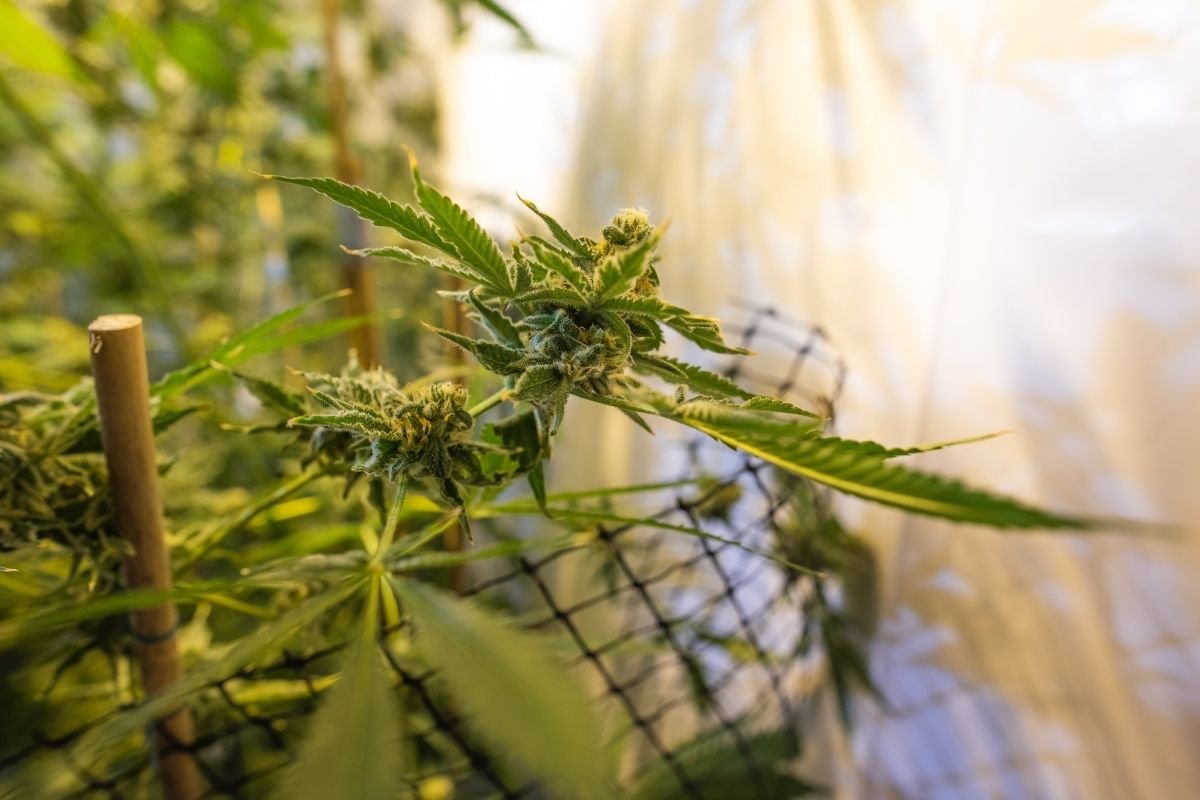
The air in a grow tent needs to circulate regularly and pass in and out of the tent to prevent humidity build-up and gaseous depletion. Plants need carbon dioxide to breathe, and they exhale oxygen. If the tent isn’t designed to take in and exhaust air (typically through ventilation screens or systems), it will become too saturated with oxygen and the plant won’t be able to breathe.
Similarly, your plant can ‘suffocate’ if humidity builds up in your tent, causing the plant tissue to become saturated with moisture. This can lead to edema (damage from water saturation of plant cells and tissue), bud rot, and root rot.
Excess humidity in your grow tent can also lead to condensation (the buildup of water on solid surfaces and walls). If standing water is left in your grow tent, it can become a breeding ground for mildew or mold growth that will quickly spread through your soil and eat away at your plants. Mold and mildew growth usually happens when humidity is high and temperatures are lower, like when the grow lights are off. Remember that grow lights produce heat that will raise the humidity levels in your tent by encouraging evaporation and transpiration if standing water or soaked soil is present.
measuring humidity in a grow tent
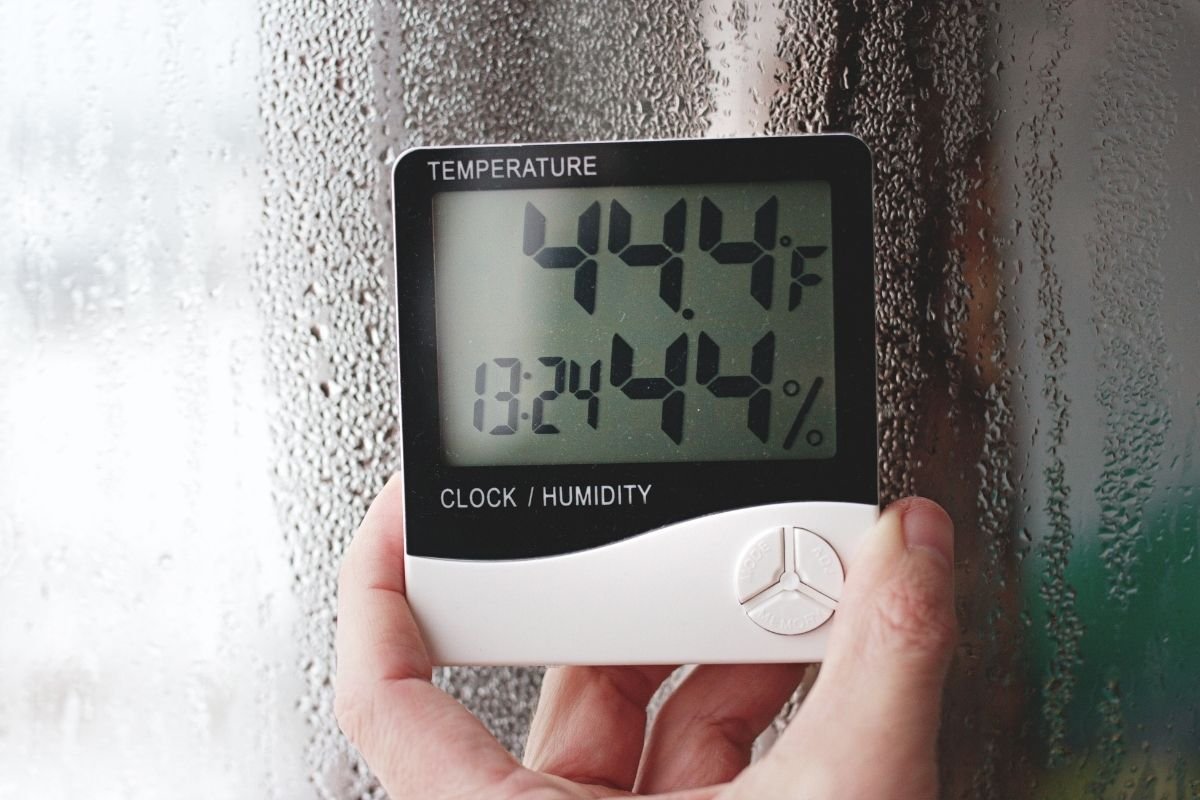
Even if you think you’re a pro at detecting humidity levels, it’s important to keep a hygrometer (a humidity meter), to monitor the moisture levels. If you have a humidifier or dehumidifier in your grow space, it should have a built-in reader that you can reference. However, you should measure humidity levels at multiple locations in your grow tent to get an accurate reading in the space.
Today, it’s pretty easy to find digital hygrometers that connect remotely to Bluetooth sensors and app trackers, although manual ones will work just fine as well. It’s also a good idea to equip your smaller tent with a hygrometer, though the ventilation flaps should be enough to manage the conditions indoors.
If you need to regulate humidity levels in your small tent but don’t have enough space for a humidifier/dehumidifier inside of it, you can find external humidifiers and dehumidifiers to attach to the ventilation in your tent.
temperature and humidity
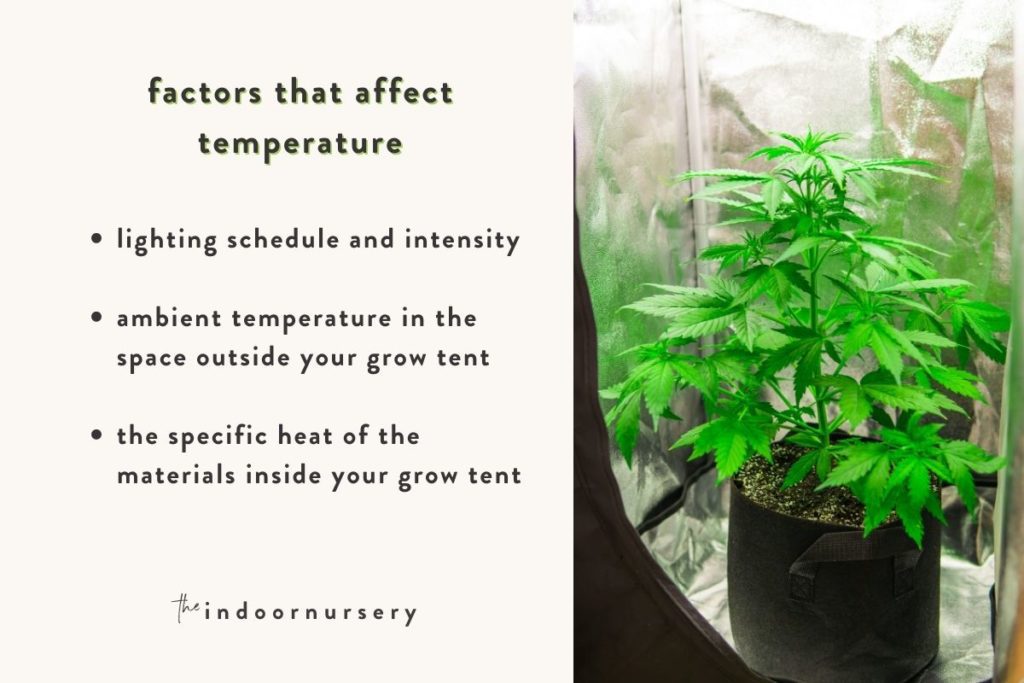
The relationship between temperature and humidity is crucial to understand if you want to make adjustments to your growing indoor conditions. You can, in fact, adjust your humidity levels passively by regulating the temperature in your grow tent. Hot air contains more energy than cool air, and warm air transfers some of that energy to water molecules in your plants, encouraging transpiration, which increases the humidity level in the tent.
Similarly to humidity, there are a few factors in most indoor grow systems that affect the ambient temperature in your tent. These include
- Lighting schedule and intensity
- Ambient temperature in the space outside your grow tent
- The specific heat of the materials inside your grow tent
Basic, but important: When grow lights are on, temperatures rise, and when they’re off, the temperatures fall. A warm room will warm your tent, and a cool room will cool your tent. If the air is humid in the space around your grow tent, the humidity will rise in your tent, while dry air will reduce humidity levels inside your grow tent. Based on the plant’s preference and your tent’s outer environment, you can adjust temperature by bringing in fresh air and expelling old air with good ventilation, or adjusting temperatures with a fan, a heater, or air conditioning.
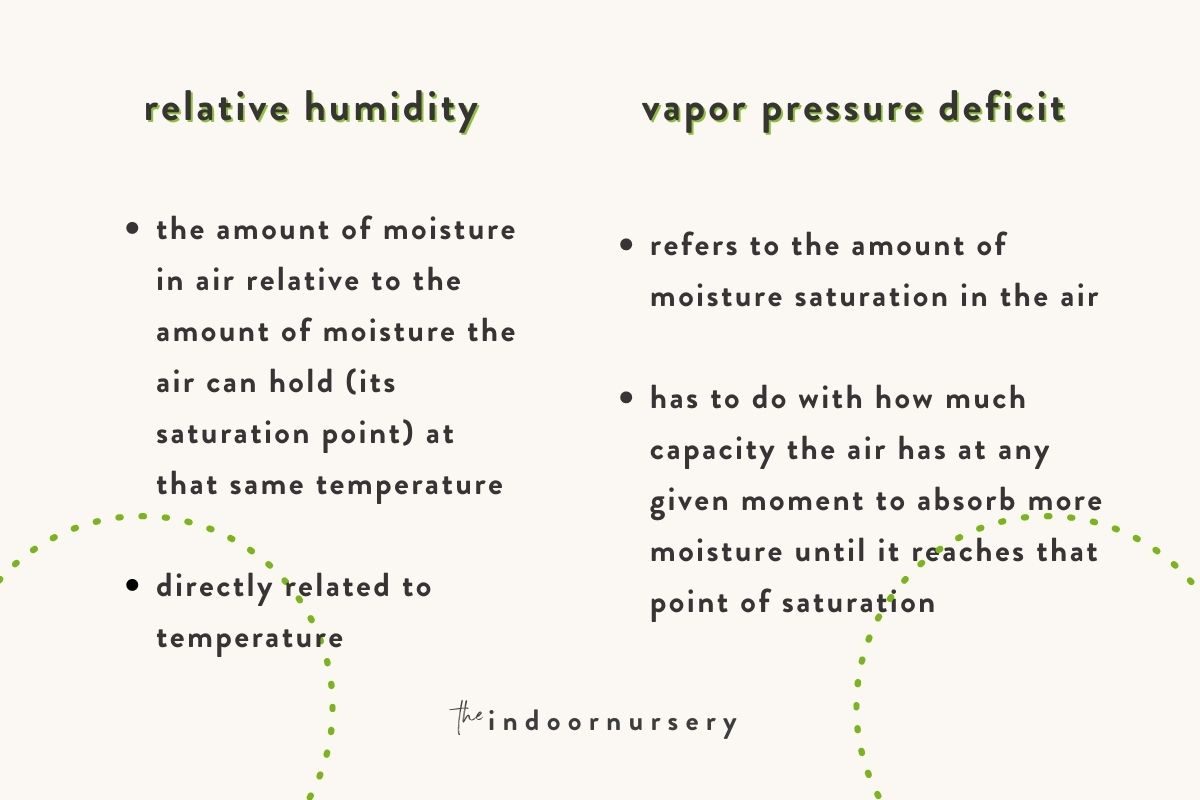
relative humidity
Humidity is most often expressed as a measure of relative humidity, a measurement that is directly related to temperature. Hot air holds more moisture than cool air because it has more energy and uses that excess energy to evaporate more moisture. Cooler air has less energy, so it will run out of energy for evaporation sooner than warm air will. Relative humidity is the amount of moisture in air relative to the amount of moisture the air can hold (its saturation point) at that same temperature.
The dew point, similarly, is the lower temperature at which the moisture-holding capacity of the air reduces, and the vapor condenses, turns to liquid and sits on walls and surfaces (including plants). When temperatures drop too low and moisture builds up, it can lead to damage from fungal growth and disease.
vapor pressure deficit
The vapor pressure deficit (VPD) is similar to relative humidity, in that it refers to the amount of moisture saturation in the air. The difference between these two measures is that where the relative humidity describes the temperature’s saturation level, the vapor pressure deficit has to do with how much capacity the air has at any given moment to absorb more moisture until it reaches that point of saturation. When air is saturated with moisture, plants can’t transpire because no more water vapor can be released into the air. For most plant growers, watching the humidity and relative humidity will be enough, but some expert growers will monitor this metric closely as well.
lowering grow tent humidity
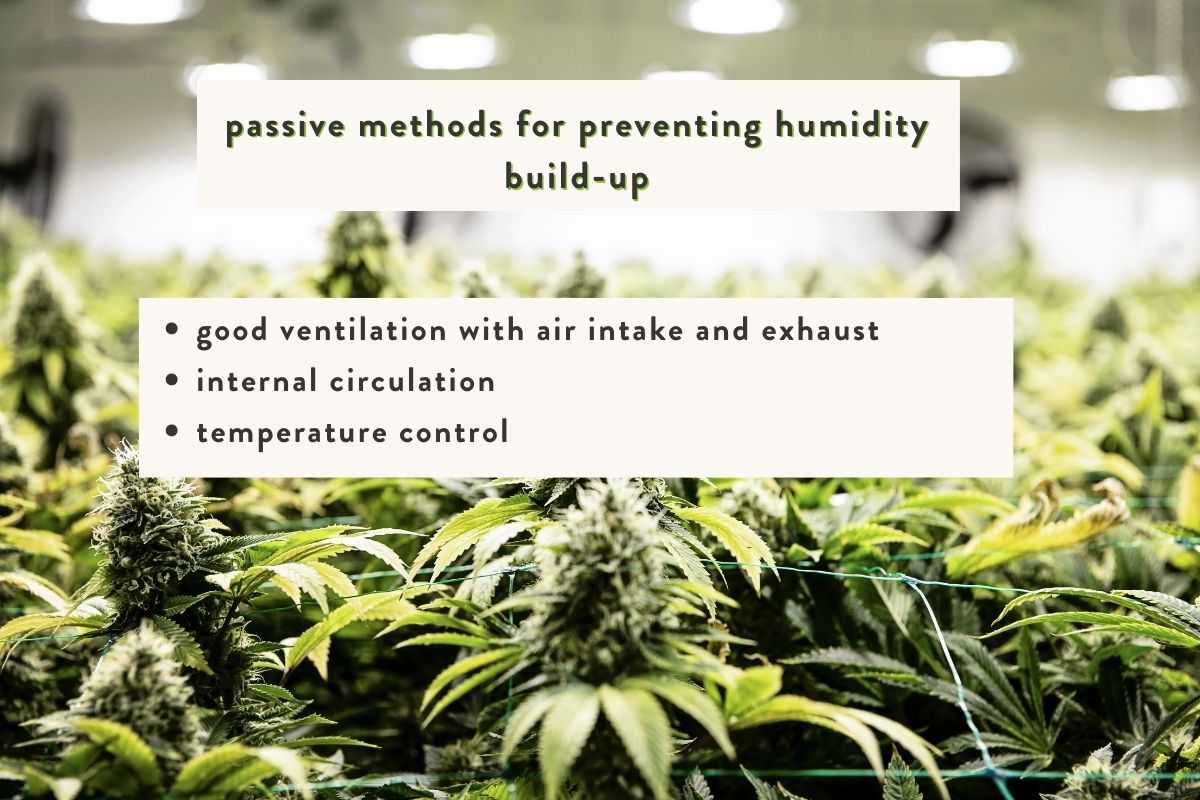
While you’ll be adding humidity for your seedlings and vegetative plants, you will likely need to lower humidity when your plants enter the large vegetative, flowering, and fruiting stages due to their abundant transpiration. There are a few passive methods for preventing humidity build-up during these stages:
- Good ventilation with air intake and exhaust
- Internal circulation
- Temperature control
If these methods aren’t enough to keep humidity low in your grow tent, you may choose to invest in a dehumidifier. These units should be able to remove as much water per day as you give to your plants. As mentioned, lowering the temperature to a still-comfortable level will also reduce moisture levels in the air.
raising humidity in a tent
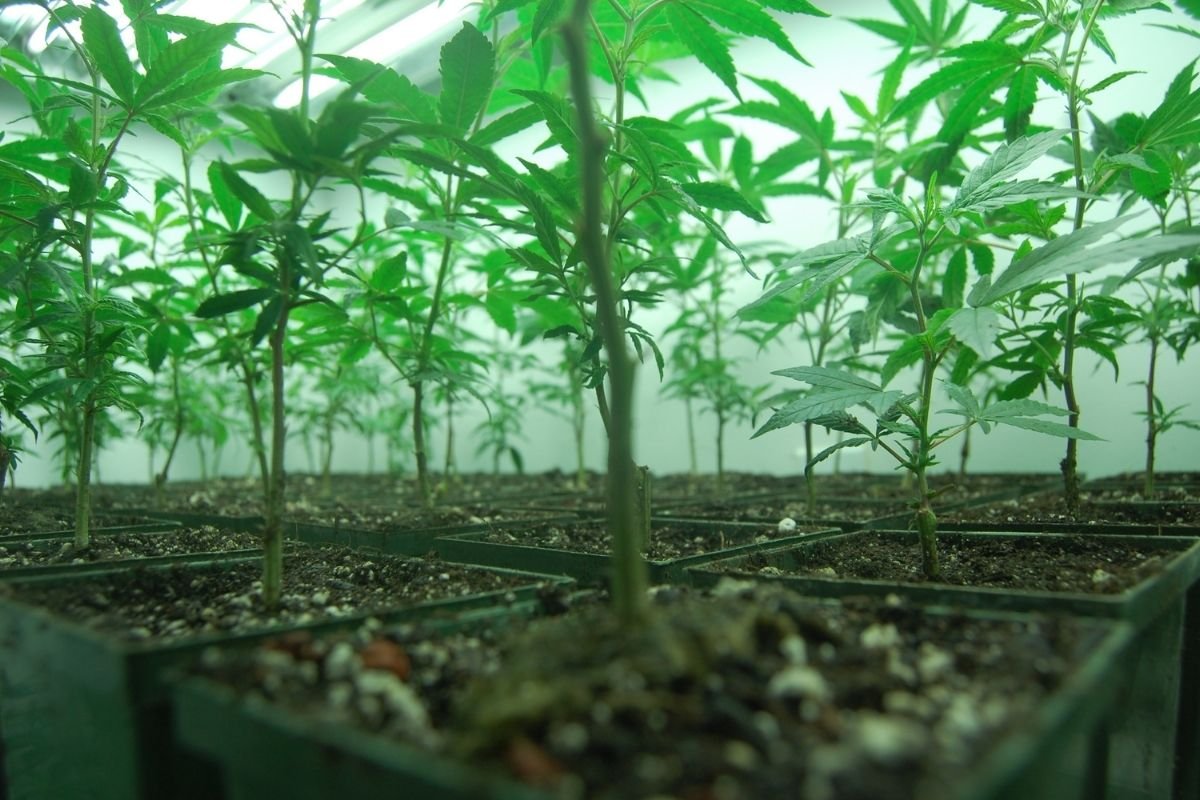
When you’re growing seeds, seedlings, or plants that like high humidity, you have a few options to raise the air’s humidity. Use a heat dome or tray covers for seeds and seedlings to keep moisture levels high within their airspace. In larger grow tents, you can use humidifiers with built-in sensors that automate humidity adjustment within a programmed range. For a low-tech option, though, you can fill shallow trays with water and set them up under your grow lights to evaporate slowly. If you use this method, just be sure that temperatures are warm enough to evaporate the water so it doesn’t stand long enough to attract insects.
more about humidity
- The 6 Best Dehumidifiers For Grow Tents
- 7 Best Hygrometers For Indoor Plants
- 9 Best Plant Humidifiers For Indoor Jungle Vibes
- The best grow tent humidifier for indoor gardening
- How to increase humidity in a room with indoor plants
- How to fix low humidity leaf curl for humid-loving plants
- Where to place humidifier for plants (farther than you think)
- Tags:
- grow tent

